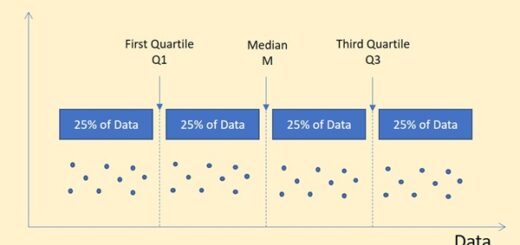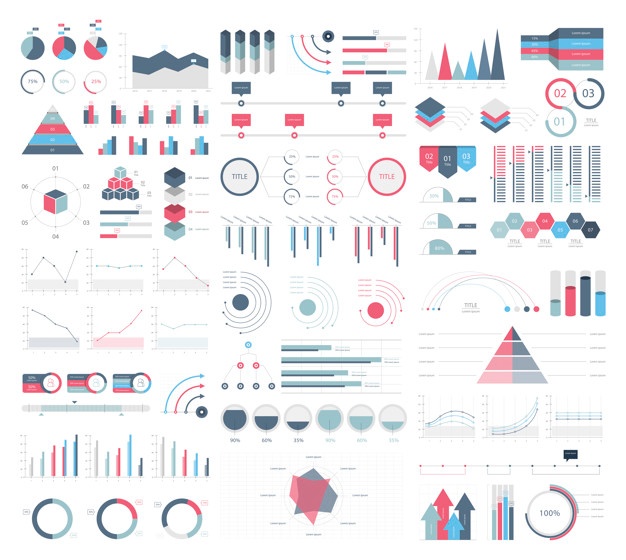Aggregation Bias Implications in Data Analysis
Aggregation Bias Implications, Aggregation bias is a significant pitfall in data analysis that arises when trends observed in aggregated data are incorrectly assumed to hold true for individual data points.
Aggregation Bias Implications
This article will explore the concept of aggregation bias, explain its effects, and provide a clear example to illustrate how it can distort research conclusions.
What is Aggregation Bias?
Aggregation bias occurs when researchers analyze combined data sets and mistakenly generalize the findings to individual cases.
This can lead to misleading conclusions, especially when examining relationships between variables over time.
Example of Aggregation Bias
To better understand aggregation bias, let’s consider a hypothetical scenario involving education and income levels in a state.
The Initial Analysis
Researchers aim to investigate the relationship between the average years of education and average household income in a specific state.
They gather aggregated data from four cities and compute the correlation between average education and income.
They discover a strong positive correlation of 0.9632, indicating that, on average, as education increases, so does income.
The Follow-Up Research
A year later, another researcher collects individual data on households from those same four cities. After plotting the individual data points, she calculates the correlation and finds it to be only 0.1788—a much weaker positive correlation.
In fact, upon examining the scatterplot on a city-by-city basis, the researcher discovers a negative relationship between education and income in some areas.
This discrepancy highlights aggregation bias: the aggregated data concealed the true dynamics present at the individual level.
Effects of Aggregation Bias
Aggregation bias can significantly impact research outcomes, leading to erroneous conclusions.
The assumption that relationships observed in aggregated data reflect individual behavior can misguide decision-making, policy formulation, and further research efforts.
The implications of aggregation bias can manifest in several ways:
- Negative Correlation: The relationship may turn out to be negative at the individual level, contradicting the aggregated analysis.
- No Correlation: There may be no relationship between the two variables when examined on an individual basis.
- Weak Positive Correlation: The correlation might be present but much weaker than initially observed.
Avoiding Aggregation Bias
To mitigate aggregation bias, researchers should prioritize using individual data points instead of relying on aggregated measures.
By analyzing the relationships between variables at the individual level, they can uncover the true dynamics and correlations that exist in the data.
Conclusion
Aggregation bias is an important consideration in data analysis that underscores the need for detailed, individual-level research.
By recognizing the potential for misleading conclusions drawn from aggregated data, researchers can improve the accuracy and reliability of their findings.
Always seek to conduct analyses that account for individual variations to ensure an accurate understanding of the relationships between variables.
Statistical Analysis» Statistics Methods » Quick Guide » FINNSTATS





